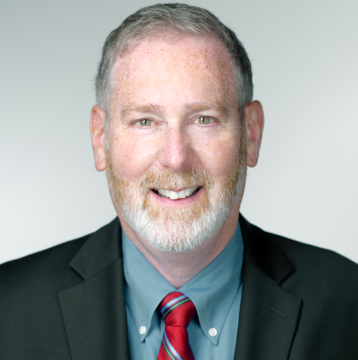September 15, 2020
Defending Public Participation: Zoom Alone Shouldn’t Become New Normal
Public participation is a vital part of the NEPA environmental review and decision-making process and for many environmental permitting and siting processes involving the Army Corps of Engineers, BLM, DOT, EPA, Forest Service, and other federal and state agencies.
Public engagement can truly make a difference in both the courts of law and the courts of public opinion. Sadly, the Trump Administration is moving to constrain public participation, and some state agencies are also adopting manipulative techniques that restrict effective public participation.
Why? Because when agency decisionmakers actually see 200 people face-to-face in a meeting room, it matters. They better engage with them, and must hear their ideas, concerns and suggestions for environmentally-friendly alternatives to a proposed oil pipeline, fossil-fuel plant or huge highway. That public participation can help make a positive difference in the outcomes for our communities. Robust public participation is too valuable to lose.
During the ongoing COVID-19 crisis, many federal and state agencies, city councils, and school districts have understandably switched to conducting public participation via Zoom, Skype, Hangouts or Teams. Let’s face it: that’s just not as good as in-person face-to-face public hearings and engagement. Using these technologies for public participation is “acceptable-as-necessity” under these extraordinary pandemic circumstances.
When people are physically in the room with public official decisionmakers, and directly connecting with them, it’s a different dynamic than when they are muted on a Zoom conference call and have to type in a question.
However, that should not become the “new normal.” When people are physically in the room with public official decisionmakers, and directly connecting with them, it’s a different dynamic than when they are muted on a Zoom conference call and have to type in a question.
Zoom hearings can provide more accessibility by allowing people to participate from their homes if they have to watch kids and can’t leave to go to a hearing, or if the meeting site is too far away from their home, or when the weather is crappy. Zoom can help accommodate people with disabilities.
There is a win-win solution here. Let’s fight to defend meaningful and effective public participation against attacks from the Trump Administration and others. For the post-COVID pandemic future, let’s not allow Zoom hearings alone to be the new normal. Instead, let’s use technology to enhance and improve public participation hearings with more video presence and data presentations.
Let’s adopt a “both-and” approach: “people in the physical room” public hearings that allow robust public participation and engagement with agency decision-makers, and digital tools to connect and provide additional access for people to join and participate from their homes as well. These tools can complement and improve public hearings and participation, but Zoom should not be a stand-alone substitute.
Democracy allows for, values and provides reasonable opportunities for engaged public participation. ELPC will defend against attacks aimed at weakening public participation, and we will advocate for using technology to expand opportunities for meaningful public participation. That can make a difference in better environmental solutions for people, our communities and our planet.


